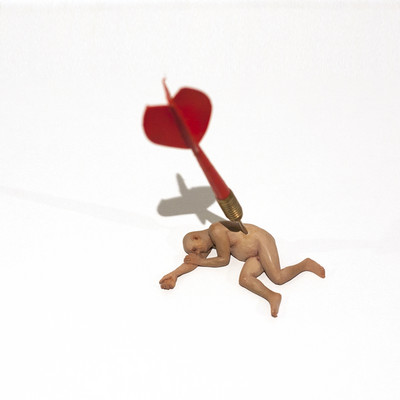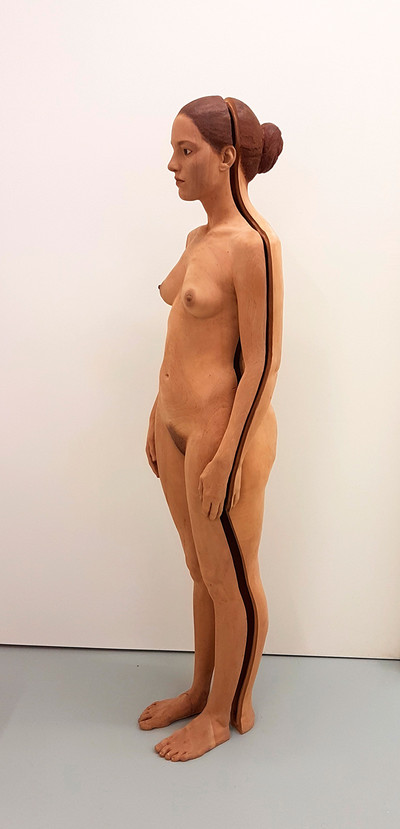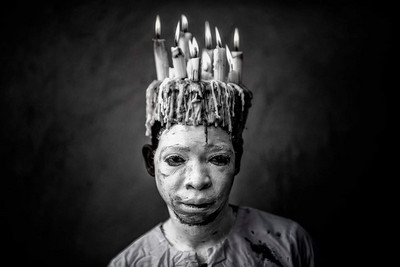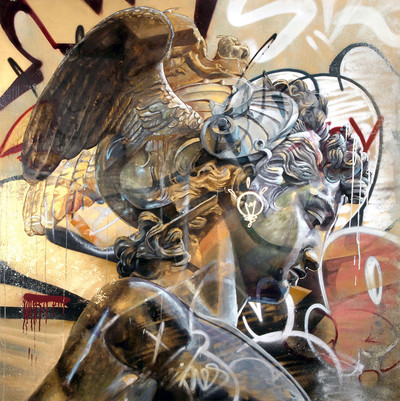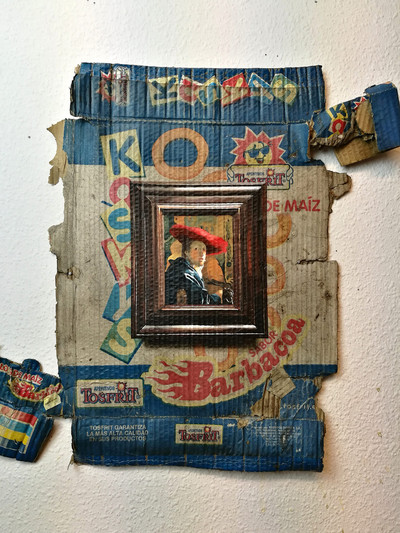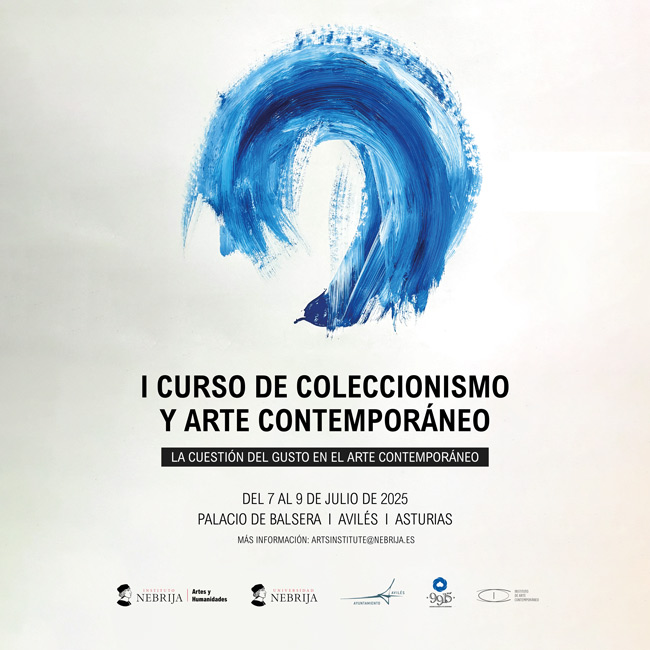ARTIVISM. THE CLAIM FROM ART
Feb 13, 2020
art madrid
Artivism is defined as the hybridization between art and activism. Claims and resistance art. Visibility, durability and risk are the specific features of an intervention that carries a clear socio-political message. Art becomes a means of communication focused on change and transformation, a language that moves from academic or museum artistic creation to social spaces, becoming an educational tool.
Art is an engine that can generate collectivity in individual spaces, and bring resistance to pressure places. Artivism develops a language of freedom and autonomy that moves outside of fixed cultural rules, of academic canons, of aesthetics and the majority tendency. It is an intervention without limits of action, where the conceptual lines of the spaces are blurred.
We could place the origins of artivism in the artistic avant-gardes of the 20th century: dadaism, futurism and surrealism. The development of performance, video art or conceptual art throughout the last century are essential elements that cause the dematerialisation of the artistic object, as Valdevieso develops in his article "The symbolic appropriation of public space through artivism".
The conceptual art of the 50s provides a key feature in the development of artivism: confronting and questioning the idea of producing traditional works of art, where the result is not as important as the process itself. Conceptual artists generate works that cannot be classified according to artistic traditions, often reflecting their political and social disagreement.
We must add to this the social movements of the late last century adjacent to the anti-globalisation that continue to develop in the 21st century through the generation of new visual and interventionist codes in the public space . For the most part, this political-social activation has developed its artistic expression through graffiti and urban art, both environments being the foundational basis of the multiple forms that we can find today within the global concept of artivism. Art Madrid is fortunate to bring together a wide range of new generation artists who naturally are keen on new contemporary discourses, where the concerns substantiated in artivism meet various channels of expression and creative representation.
Artivism takes shape through the groups, associations and artists that add their rebel and nonconformist creativity to the struggle. Walls, façades, monuments, statues, fill with colour turning the urban landscape into a true museum of works of art that respond to the needs of a society that expresses its disagreement before a wide spectrum of inequalities and injustices that cross the backbone of the social structure.
Around the collective imaginary that composes the paradigm of activism, we find expressions and artistic creations that share and involve a subversive and confrontational discourse despite not strictly fitting within the concept of artivism.
This is the case with the line on which the One Project program is developed this year. Under the title of "Salvajes", in the words of its curator, Fernando Gómez de la Cuesta, the selected artists "paint and sculpt with effort as a form of resistance and do so in an epidermal, superfluous and vertiginous era, where hardly anyone It stops at nothing. A beasts that create from expressiveness, drive or iconoclast, from a passionate, visceral, desacralising or irreverent perspective”.
Artists such as the duo PichiAvo delve into some ways of doing that have to do with the rupture that begins in the endless collection of pre-existing images and concepts. A task that they carry out from a classic art that they intervene, turn, merge, integrate, repel and connect with urban art and its creation codes.
We can also see the prominence of public space as an essential element of the message in the work of Julio Anaya. His work is born, in most cases, to cease to exist, since it is a work in continuous transit, the eternal return, in development, in a permanent relocation that causes new interpretations and that transforms the spaces.
In transgression and criticism, we can inscribe the work of Andrés Planas who, without responding to any hint of political correctness, constructs a sarcastic message about the strong manipulation of factual powers in today's societies.
Art Madrid thus develops a not so usual part of the art market, giving space to speeches and creations that move away from the legitimate artistic limits and rules.


